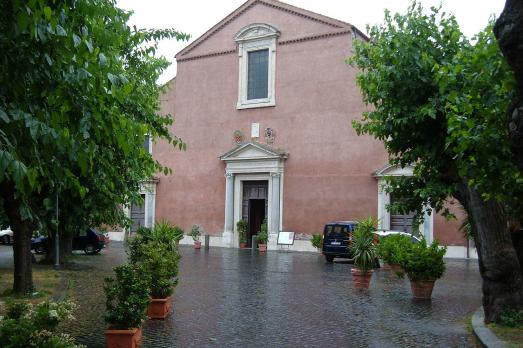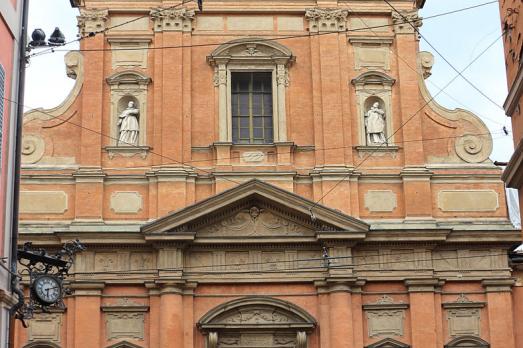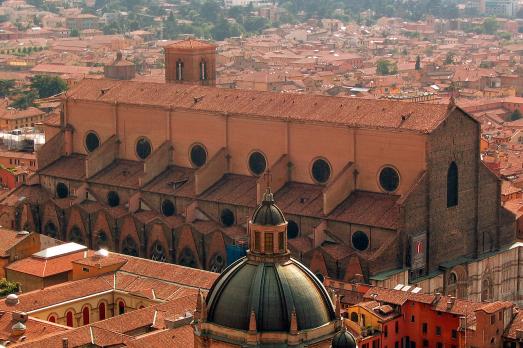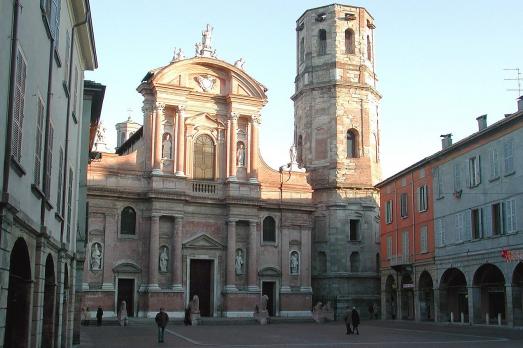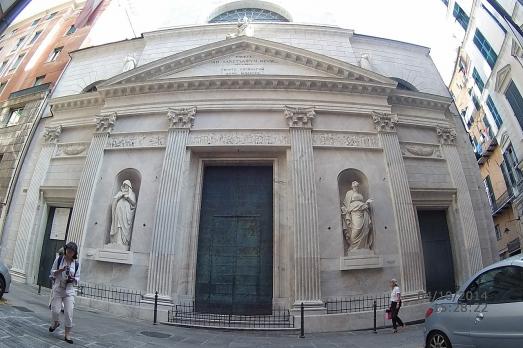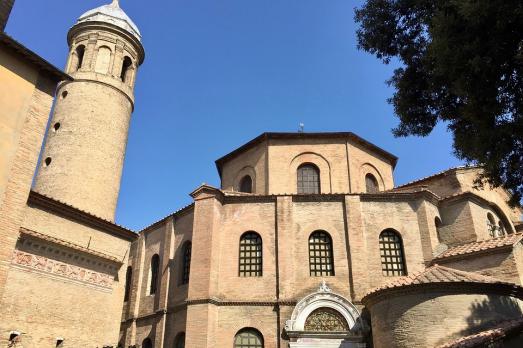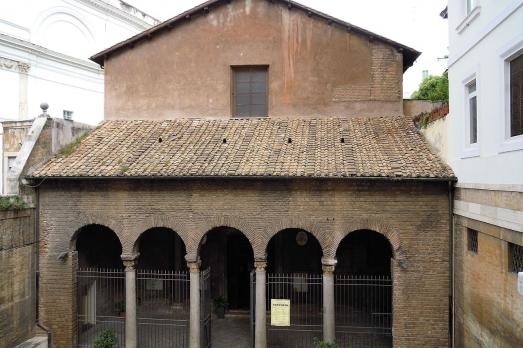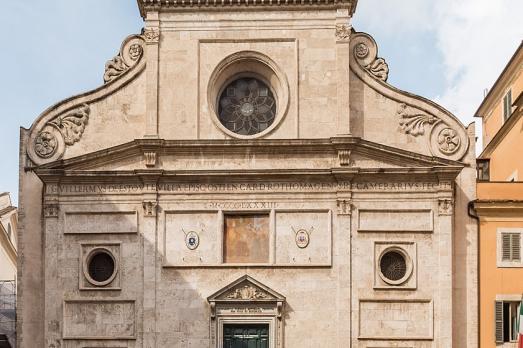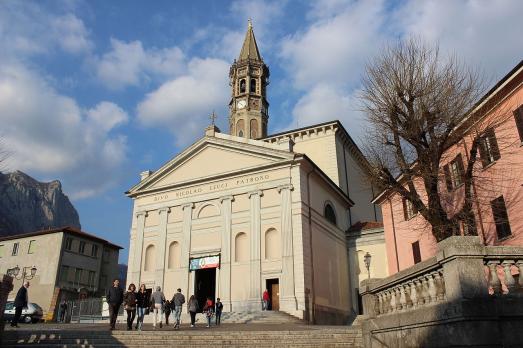
Basilica di San Nicolò
Lecco, IT
The first mentions of the Basilica of San Nicolò date back to the 13th century and it is probable that it was built on the remains of the ancient city fortifications. The first reconstruction work on the basilica began in 1596 and continued in various stages until 1774 when the building was given a neoclassical façade with a triangular tympanum and six Ionic pilasters. In the 19th century, the church was considerably enlarged. Its present appearance was designed by the architect Giuseppe Bovara, who worked on it from 1831 to 1862; the church was consecrated in September 1930.
